Blue Star Leopard Wrasse EXPERT ONLY
$149.99
Macropharyngodon bipartitus
| Care Level | Expert Only |
| Temperament | Peaceful |
| Color Form | Blue, Green, Orange, Tan, Yellow |
| Diet | Carnivore |
| Reef Compatible | Yes |
| Water Conditions | sg 1.020-1.025, 72-78° F, dKH 8-12, pH 8.1-8.4 |
| Max Size | 5″ |
| Family | Labridae |
| Minimum Tank Size | 50 gallons |
7-Day Guarantee
SKU:
11668
Categories: Saltwater Fish, Wrasse - Reef Safe
Tags: Affordable Aquaria, Blue Star Leopard Wrasse EXPERT ONLY, Dr Reef, Macropharyngodon bipartitus, Reef Safe, Saltwater fish, Wrasses
Description
Overview
The Blue Star Leopard Wrasse (Macropharyngodon bipartitus) is a peaceful but challenging marine fish recommended for expert aquarists with established reef tanks. It requires specific habitat conditions and a consistent diet to thrive in captivity.
Key Characteristics
- Care Level: Expert only due to delicate nature and specialized needs.
- Temperament: Generally peaceful, but may conflict with others of its own genus or similar wrasses if not introduced properly.
- Reef Compatible: Yes, it is a good addition to an established reef aquarium.
- Max Size: Up to 5 inches.
- Coloration: Exhibits sexual dichromatism (males and females have different colors).
- Females/Juveniles: Predominantly reddish-orange body with complex pearlescent white, orange, and light blue spots and markings.
- Males: Brown-to-red body with intricate vibrant green and blue broken stripes and blotches.
Habitat Requirements
- Minimum Tank Size: A minimum of 50-55 gallons is recommended for a single specimen.
- Substrate: A fine, soft sandy substrate of at least 2-3 inches deep is essential, as they burrow into the sand for sleeping or when stressed. Avoid sharp, larger-grade substrates which can cause injury.
- Aquascape: Provide an environment with plenty of established live rock, caves, and hiding places to make the fish feel secure and provide natural foraging grounds for microinvertebrates.
- Cover: The aquarium must have a tight-fitting lid to prevent the fish from jumping out.
- Water Conditions: Requires stable, optimal water parameters (temperature 72-78° F, salinity 1.020-1.025, pH 8.1-8.4, dKH 8-12).
Diet and Feeding
The Blue Star Leopard Wrasse is a carnivore that naturally preys on small invertebrates, such as copepods, amphipods, foraminiferans (shelled protozoa), and small snails in the wild.
- Multiple Feedings: Due to a high metabolism and constant activity, they need to be fed small amounts of food multiple times a day (two to three or more).
- Varied Diet: Offer a varied diet of meaty foods. They can be finicky eaters initially and may require live foods, such as live brine shrimp, to encourage feeding.
- Prepared Foods: Gradually introduce high-quality frozen and prepared foods, such as vitamin-enriched mysis shrimp, brine shrimp, and marine pellets or flakes.
- Foraging: An established aquarium with a healthy population of live microcrustaceans is vital to supplement their diet.
Compatibility and Care Tips
- Tank Mates: House with other peaceful tank mates. Avoid aggressive species that might outcompete it for food or territory.
- Groups: Can be kept in groups (a harem of one male and several females) in a large enough tank, provided all individuals are introduced simultaneously. The most dominant female may change sex to become the male of the group.
- Acclimation: They are sensitive to capture and transport stress. It is often recommended to add them to the main display tank quickly (perhaps after a brief dip) to allow them to settle and begin eating, rather than undergoing a potentially stressful quarantine process.
Approximate Purchase Size: Small 1-1/4″ to 2″, Medium 2″ to 2-3/4″, Large 3″ to 4″
Reviews (0)
Only logged in customers who have purchased this product may leave a review.
Shipping & Delivery
Related products
Blue Throat Triggerfish (Male)
$139.99 – $219.99Price range: $139.99 through $219.99
Xanthichthys auromarginatus
| Care Level | Easy |
| Temperament | Semi-aggressive |
| Color Form | Black, Blue, Yellow |
| Diet | Carnivore |
| Reef Compatible | With Caution |
| Water Conditions | sg 1.020-1.025, 72-78° F, dKH 8-12, pH 8.1-8.4 |
| Max Size | 9" |
| Family | Balistidae |
| Minimum Tank Size | 125 gallons |
7-Day Guarantee
Select options
This product has multiple variants. The options may be chosen on the product page
Dot Dash Punctato Butterflyfish
$67.99
Emperor Angelfish (Adult)
$259.99
Rated 5.00 out of 5
Pomacanthus imperator
| Care Level | Moderate |
| Temperament | Semi-aggressive |
| Color Form | Black, Blue, White, Yellow |
| Diet | Omnivore |
| Reef Compatible | With Caution |
| Water Conditions | sg 1.020-1.025, 72-78° F, dKH 8-12, pH 8.1-8.4 |
| Max Size | 1'3" |
| Family | Pomacanthidae |
| Minimum Tank Size | 220 gallons |
7-Day Guarantee
Select options
This product has multiple variants. The options may be chosen on the product page
Flame Angelfish
$129.99
Centropyge loricula
| Care Level | Moderate |
| Temperament | Semi-aggressive |
| Color Form | Blue, Orange, Yellow |
| Diet | Omnivore |
| Reef Compatible | With Caution |
| Water Conditions | sg 1.020-1.025, 72-78° F, dKH 8-12, pH 8.1-8.4 |
| Max Size | 4" |
| Family | Pomacanthidae |
| Minimum Tank Size | 70 gallons |
7-Day Guarantee
Select options
This product has multiple variants. The options may be chosen on the product page
Gift Card
$10.00 – $100.00Price range: $10.00 through $100.00
Select amount
This product has multiple variants. The options may be chosen on the product page
Lemonpeel Angelfish
$75.99
Centropyge flavissima
| Care Level | Moderate |
| Temperament | Semi-aggressive |
| Color Form | Yellow |
| Diet | Omnivore |
| Reef Compatible | With Caution |
| Water Conditions | sg 1.021-1.025, 72-78° F, dKH 8-12, pH 8.1-8.4 |
| Max Size | 5.5" |
| Family | Pomacanthidae |
| Minimum Tank Size | 70 gallons |
7-Day Guarantee
Select options
This product has multiple variants. The options may be chosen on the product page
Regal Angelfish (Bali)(Grey Belly)
$239.99
Pygoplites diacanthus
| Care Level | Expert Only |
| Temperament | Semi-aggressive |
| Color Form | Black, Blue, White, Yellow |
| Diet | Omnivore |
| Reef Compatible | With Caution |
| Water Conditions | sg 1.020-1.025, 72-78° F, dKH 8-12, pH 8.1-8.4 |
| Max Size | 10" |
| Family | Pomacanthidae |
| Minimum Tank Size | 125 gallons |
Live Arrival Guarantee
Select options
This product has multiple variants. The options may be chosen on the product page
Royal Gramma
$39.99

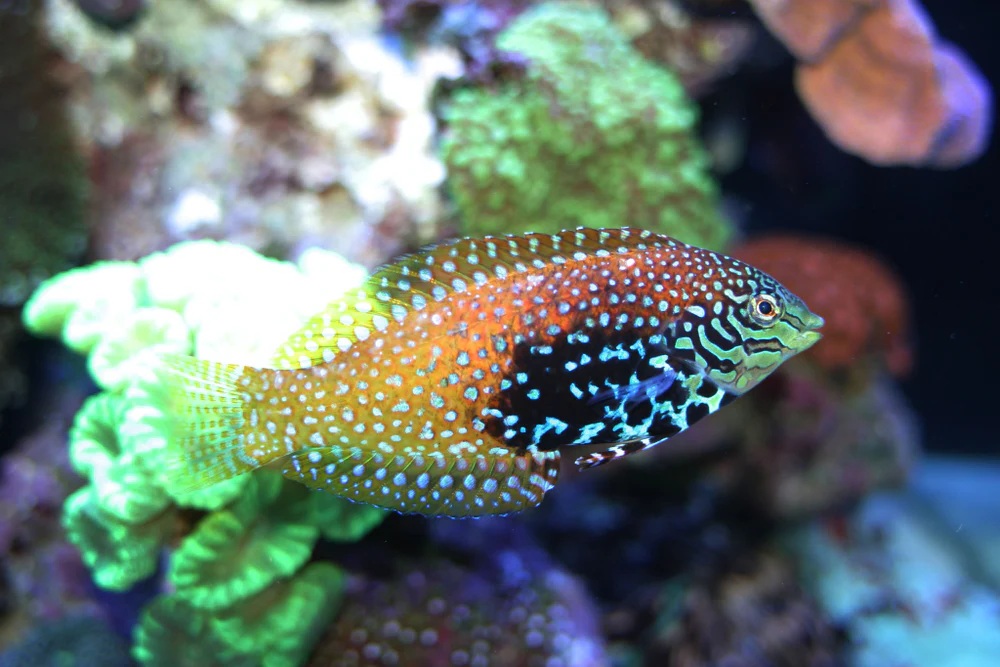
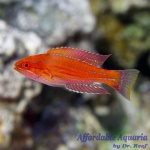
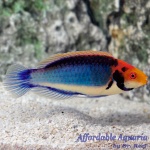
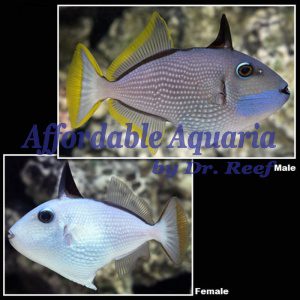
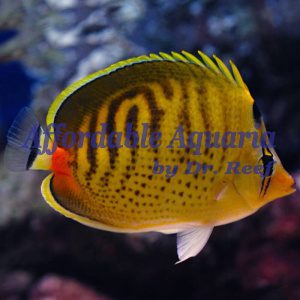
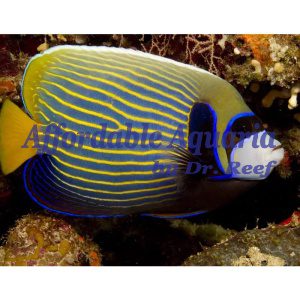
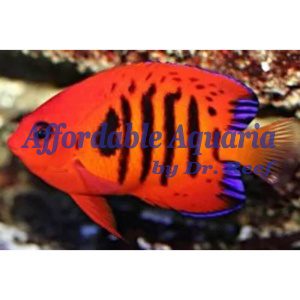

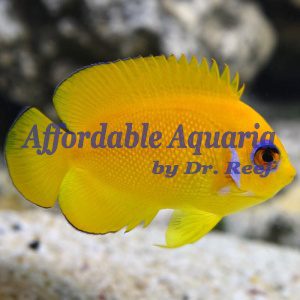
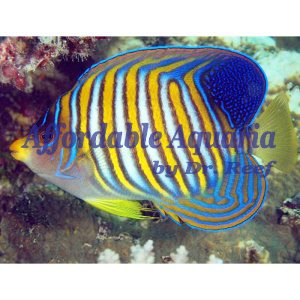
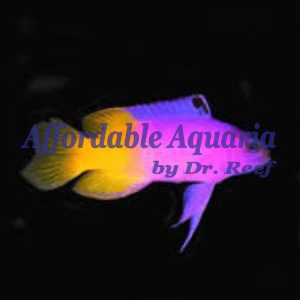
Reviews
There are no reviews yet.